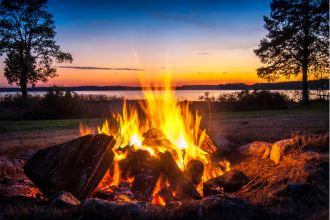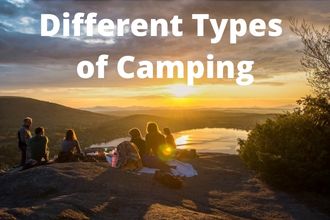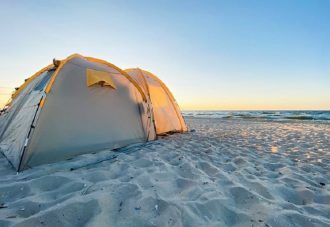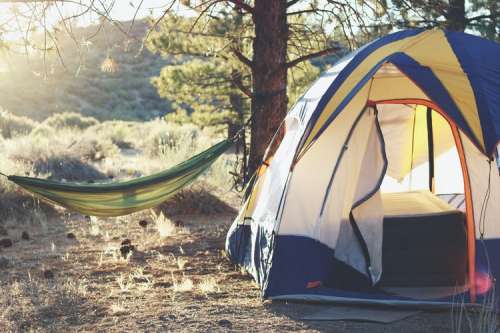When it comes to starting a campfire, the choice of ignition materials is crucial for safety and environmental reasons. While gasoline may seem like a convenient and powerful option to ignite a fire quickly, it poses significant risks that far outweigh its benefits.
In this article, I will explain the dangers associated with using gasoline to start a campfire and provide safer alternatives to ensure a successful and responsible outdoor experience.
The Dangers of Using Gasoline on Fire Pit

1. Flammability and Explosiveness:
Gasoline is highly flammable and volatile, which means it can ignite easily and spread rapidly. It produces explosive vapors that can lead to unexpected fires and even cause severe injuries or fatalities.
Attempting to pour gasoline on a campfire that is already lit or smoldering can result in dangerous flare-ups and uncontrollable flames.
2. Environmental Impact:
Aside from the immediate dangers to campers, using gasoline as a fire starter can have detrimental effects on the environment. The toxic chemicals and fumes released during combustion contribute to air pollution and harm the surrounding ecosystem.
Gasoline can also contaminate soil and nearby water sources, causing long-term damage to plants and wildlife.
3. Unpredictable Fire Behavior:
Gasoline does not provide a steady and controlled burn, making it difficult to manage a campfire safely. Once ignited, it may be challenging to control the fire’s size and intensity, increasing the risk of accidental wildfires.
The potential for unpredictable fire behavior can quickly lead to disaster, especially in dry or windy conditions.
Safer Alternatives for Starting a Campfire
a) Fire Starters
Commercially available fire starters are designed to ignite a campfire quickly and efficiently. These products are usually made from non-toxic materials, such as wax and wood shavings, and are specifically designed to burn at a controlled rate.
Fire starters are a reliable and safe alternative to gasoline, ensuring a steady ignition without harmful environmental consequences.
B) Kindling and Dry Wood
The traditional method of using kindling and dry wood remains one of the safest and most eco-friendly ways to start a campfire. Gather small twigs, newspaper, or birch bark to create a base for your fire. Gradually add larger pieces of wood as the fire grows.
This method requires patience and practice but is a rewarding skill to master for any outdoor enthusiast.
C) Charcoal Chimney Starter
If you prefer using charcoal for your campfire, a charcoal chimney starter is an excellent option. It allows you to light charcoal briquettes quickly without the need for gasoline or lighter fluid. Simply fill the chimney with charcoal, place a crumpled piece of newspaper underneath, and light it.
The fire will gradually spread upwards, igniting the charcoal without any harmful accelerants.
D) Magnesium Fire Starters
For more experienced campers and survivalists, a magnesium fire starter can be an invaluable tool. These devices contain a block of magnesium that, when scraped with a metal striker, produces highly flammable shavings.
These shavings catch fire easily when exposed to sparks, providing a reliable and natural fire-starting method.
Conclusion
While gasoline might seem like a tempting solution for quickly starting a campfire, it’s extreme flammability and harmful environmental impact make it an unsafe and irresponsible choice. The potential for catastrophic accidents, environmental damage, and health risks far outweigh any perceived convenience.
Instead, opt for safer alternatives such as commercial fire starters, kindling and dry wood, charcoal chimney starters, or magnesium fire starters. Embracing these responsible fire-starting methods will not only ensure a safer camping experience but also protect the natural beauty of our surroundings for generations to come.
Remember, a little preparation and patience can go a long way in enjoying a safe and memorable outdoor adventure.

Joe is the founder and chief editor of PickOutdoorGear. He loves hiking, camping, fishing, hunting, and other outdoor activities. He will share his knowledge and experience here that he learned and still learning from the wilderness.




